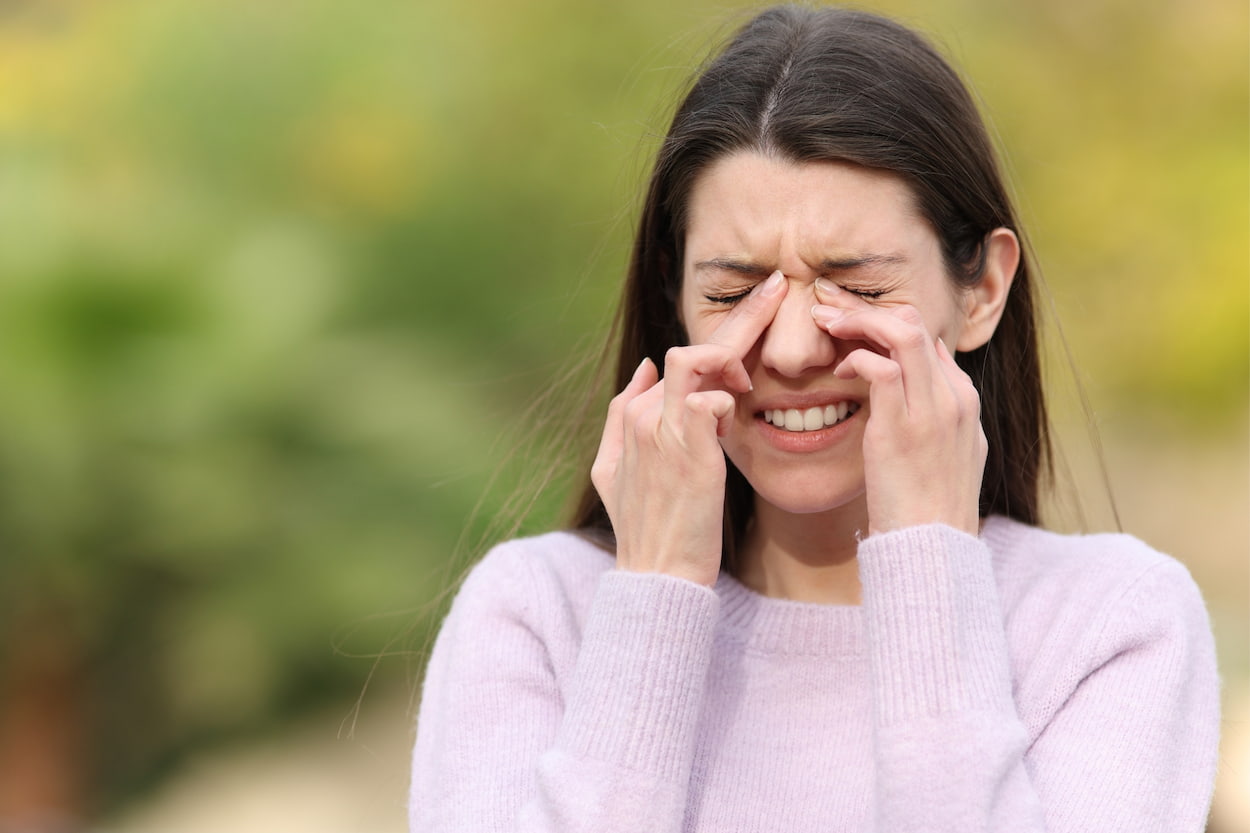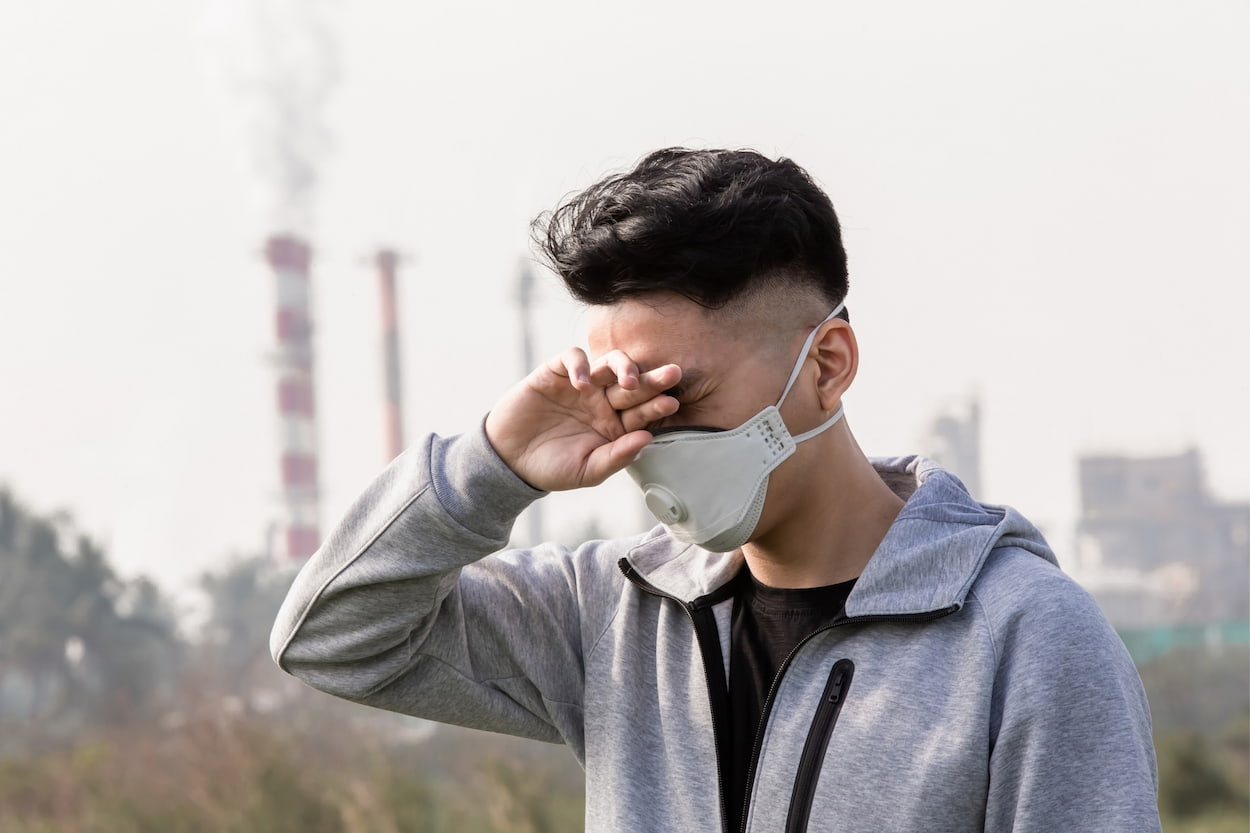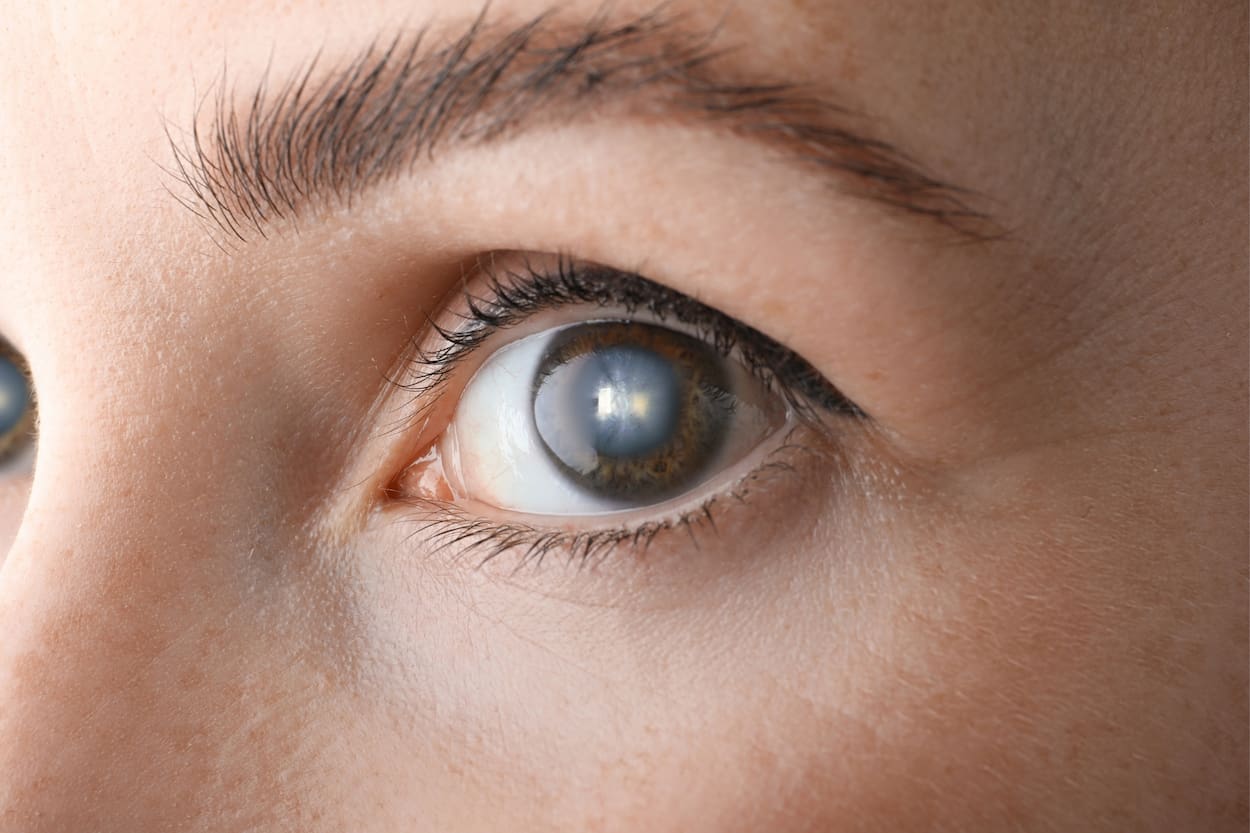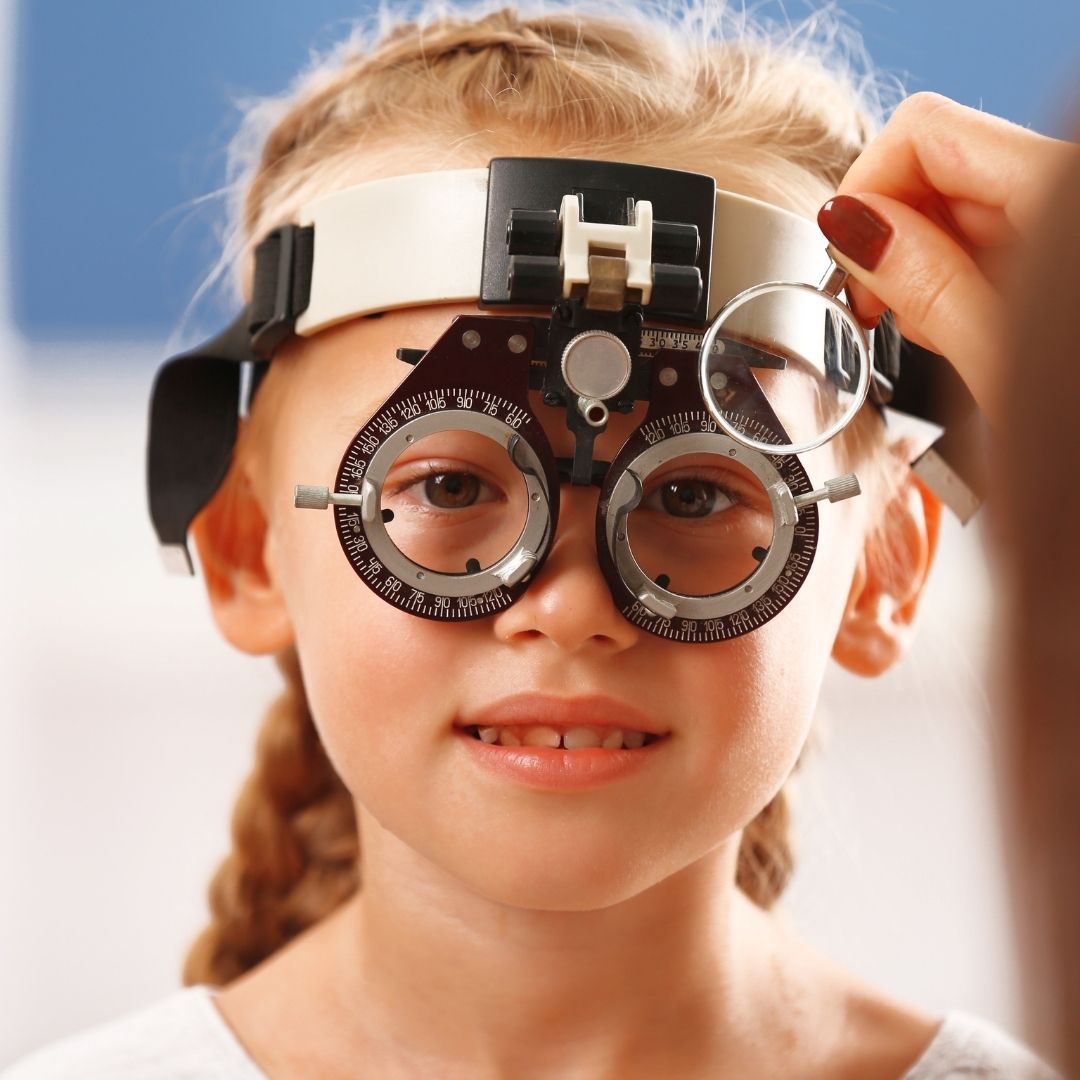
The Link Between Climate Change and Itchy Dry Eyes
Climate change has become a global crisis that affects not only the environment but also human health. Among the many health problems that have been linked to climate change is itchy dry eyes. In this article, we will explore the link between climate change and itchy dry eyes, what itchy dry eyes are, and what we can do to protect our eyes in a changing climate.
What are Itchy Dry Eyes?
Itchy dry eyes are a common condition that affects millions of people worldwide. It is a condition in which the eyes are unable to produce enough tears, or when the tears evaporate too quickly, leading to dryness, irritation, and itchiness. The symptoms of itchy dry eyes can vary from person to person, but common symptoms include redness, burning sensation, and a gritty feeling in the eyes.
Several factors can cause itchy dry eyes. Exposure to environmental factors such as dry air, wind, and dust can cause tears to evaporate quickly, leading to dryness and itchiness. Aging is another factor that can contribute to the development of itchy dry eyes. As we age, our eyes produce fewer tears, making us more susceptible to dry eyes. Certain medical conditions such as diabetes, rheumatoid arthritis, and thyroid disorders can cause dry eyes, as well as some medications such as antihistamines, decongestants, and antidepressants.
Fortunately, there are several treatments available for itchy dry eyes, including over-the-counter eye drops, prescription medications, and lifestyle changes. Over-the-counter eye drops can help lubricate the eyes and reduce dryness and itchiness. Prescription medications such as cyclosporine and lifitegrast can help increase tear production and reduce inflammation in the eyes. Lifestyle changes such as reducing screen time, staying hydrated, and wearing sunglasses can also help alleviate the symptoms of itchy dry eyes. In severe cases, a doctor may recommend other treatments such as punctal plugs or surgery. It is important to speak with a healthcare professional if you are experiencing persistent symptoms of itchy dry eyes.

What Causes Itchy Dry Eyes?
Several factors can cause itchy dry eyes, including:
Environmental factors: Exposure to dry air, wind, and dust can cause tears to evaporate quickly, leading to dryness and itchiness.
Aging: As we age, our eyes produce fewer tears, making us more susceptible to dry eyes.
Medical conditions: Certain medical conditions such as diabetes, rheumatoid arthritis, and thyroid disorders can cause dry eyes.
Medications: Some medications such as antihistamines, decongestants, and antidepressants can cause dry eyes as a side effect.
Hormonal changes: Hormonal changes in women during pregnancy or menopause can cause dry eyes.
The Link Between Climate Change and Itchy Dry Eyes
Climate change is a growing concern worldwide, and its effects are being felt in various ways, including in our eye health. Recent studies have shown a link between climate change and itchy dry eyes. Changes in temperature, humidity, and air pollution caused by climate change can lead to increased instances of dry eye syndrome, a condition that causes itchy and dry eyes.
Studies have shown that as temperatures rise, the amount of moisture in the air decreases, leading to increased evaporation of tears and dry eyes. Changes in humidity levels can also cause a change in the composition of tears, leading to dry eyes. Air pollution can also contribute to the development of dry eyes by causing irritation and inflammation in the eyes. Climate change-related extreme weather events such as wildfires and dust storms can also lead to increased instances of dry eyes.
Preventing the effects of climate change on eye health requires a multi-faceted approach. Individuals can take steps to reduce their carbon footprint, such as reducing energy consumption and driving less. Additionally, wearing protective eyewear and using lubricating eye drops can help alleviate the symptoms of dry eyes. Healthcare professionals can also play a role in preventing the effects of climate change on eye health by monitoring patients for symptoms of dry eyes and providing appropriate treatment. Ultimately, addressing climate change is crucial for preserving not only our planet but also our eye health.
What Can We Do to Protect Our Eyes in a Changing Climate?
With climate change having a significant impact on our planet, it is essential to take measures to protect our eye health. The changing climate can cause increased instances of dry eye syndrome, allergies, and eye infections. Here are some tips on what we can do to protect our eyes in a changing climate.
Firstly, wearing protective eyewear is essential. Sunglasses with UV protection can help protect our eyes from harmful UV rays, and goggles can help protect our eyes from dust and debris during extreme weather events. Wearing protective eyewear can also help prevent eye infections caused by exposure to pollutants and allergens in the air.
Secondly, maintaining good eye hygiene is crucial. Washing your hands regularly, especially before touching your eyes, can help prevent the spread of eye infections. Additionally, using lubricating eye drops can help alleviate the symptoms of dry eyes caused by changes in humidity levels and air pollution.
Lastly, taking steps to reduce our carbon footprint can help mitigate the effects of climate change on our eye health. Reducing energy consumption, driving less, and recycling can all contribute to reducing our carbon footprint. By doing so, we can help prevent the rise in temperatures and air pollution that contribute to dry eye syndrome and other eye-related issues.
In conclusion, it is crucial to take steps to protect our eyes in a changing climate. Wearing protective eyewear, maintaining good eye hygiene, and reducing our carbon footprint are all effective ways to help prevent the effects of climate change on our eye health.
Healthy Türkiye Notes
Climate change is a global crisis that affects all aspects of our lives, including our health. Itchy dry eyes are just one of the many health problems that have been linked to climate change. However, by taking simple steps to protect our eyes, we can reduce the risk of developing dry eyes and other eye conditions. Wear sunglasses, use a humidifier, stay hydrated, take breaks from screens, use eye drops, and reduce exposure to air pollution to protect your eyes in a changing climate.



